Earlier this week Cam and I did something completely out of the ordinary for us on a Tuesday evening: We went to a museum.
That said, this wasn’t just any museum, but rather a gallery that was wholly unlike anything either of us had ever experienced before. Intrigued by the abundant praise this traveling exhibit has received for months, we headed to northeast Minneapolis to check out the highly acclaimed Immersive Van Gogh Exhibit for ourselves.
Dazzling the public since 2008[1], Immersive Van Gogh is a delightfully interactive, wildly imaginative, and deeply compelling art exhibit that puts you, the viewer, at the center of the experience and thrills you in ways you didn’t know possible. Designed and conceived by Massimiliano Siccardi this exhibit pairs stunning visual displays with music, movement, and an impressively disorienting size and scale that enables you to engage with art in a completely novel, unprecedented way. Indeed, this is not a conventional art exhibition where the paintings hang on a wall for you to passively walk by them; rather, it is a unique combination of art, audio, cinematography, and immersive theater that intoxicatingly disarms the viewer and has subsequently captured hearts across the globe.
Throughout the experience guests have the ability to move between two different rooms – one more small-scale and intimate in nature, and the other more massive and all-consuming – and sit back and lose themselves in a mesmerizing display of some of Van Gogh’s most famous art pieces. With 500,000 cubic feet of projections, 60,600 frames of video, and 90,000,000 pixels, this interactive wonder transports you to a completely different place and time.
If you’ve ever dreamed of stepping into a painting and losing yourself in an alternate world, then this is the experience for you. Bathe in human-sized sunflowers, revel in a moonlit city scene, and bask in the twinkling constellations of The Starry Night: This experience allows you to immerse yourself in all the color, texture, and swirl that is Van Gogh’s creative genius.
As you step inside the building, you experience small tributes and references to Van Gogh’s life. However, what I most appreciated was how this experience prepares you with the necessary context before you even set foot in the physical space. Prior to our scheduled ticketed time Cam and I received emails with access to a downloadable app, tips and tricks for enhancing our visit, and a recorded preshow that grounded us in some helpful historical context. We listened to this twelve-minute preshow on our drive to the exhibit and learned that in addition to creating beautiful masterpieces of now international fame, Van Gogh also led a deeply troubled life[2].
What do you know about Vincent Van Gogh? That he was an artist? That he painted The Starry Night? That he cut off his left ear? All these facts are true, but they only scratch the surface of telling the tortured story of a man who remains one of the most central figures in Western art. Notably, Van Gogh didn’t begin painting until he was twenty-seven years old, and he died only ten short years later. However, during his brief lifetime he created over 2,000 pieces of art, including the nearly 900 oil paintings that he’s celebrated for today.
Born in 1853 to a strict Dutch Reform family, even from the beginning Van Gogh’s world was filled with hardship and strife. Throughout his early years Van Gogh failed in many of his pursuits and struggled desperately to please everyone in his life, often at great cost to himself. This constant striving and subsequent failure created considerable mental strain and left Van Gogh with a fervent desire to be accepted. After his father’s death and fiancée’s suicide during his early adulthood Van Gogh decided to forgo living up to other peoples’ expectations and allowed himself to truly start painting, something he had always loved to do. Over the course of this personal renaissance, he moved from the Netherlands to Paris and surrounded himself with other greater artists in hopes of one day becoming great himself.
Van Gogh painted anywhere and everywhere, and at all times of day, too. He would find inspiration in the fields and set up his easel outdoors while furiously swatting pesky flies, and he would also stay up late into the evening, putting candles in his hat so he could have light to paint well past midnight, burning with a desperate passion to fully communicate with the external world. Notably, Gogh often adopted and personalized the colors and techniques of the impressionist artists of his time, many of which had a tremendous impact on his life, especially Paul Gauguin.
Over time Van Gogh’s excessive drinking, relentless socialization, and unresolved childhood trauma caught up with him, and his mental state became tumultuous and unpredictable. This internal chaos continued to build over the next couple years, resulting in Van Gogh cutting off his left ear with a razor and checking himself in to an asylum. He seemed to improve over the next couple months and painted some of his most famous works, including The Starry Night, during this time of rest and isolation. Perhaps Siccardi captures it best: “Locked up behind high walls, in and around an always repeating path the trapped body wanders relentlessly. The mind is frozen inside the void, but a thought breaks forth like a kaleidoscope, multiplying the colors, the matter, the spaces.”
Van Gogh fully emerged during this period, but sadly his increasing clarity and kaleidoscopic breakthrough could not be sustained. His condition soon declined, and he eventually left the asylum to seek treatment in the Paris suburbs and continue his painting. And then, it all came to an end in 1890 when Vincent Van Gogh shot himself in the chest with a revolver. According to his brother, the final thing he said was, “the sadness will last forever.”
But what Van Gogh could not have seen is that he was wrong: The sadness would not last forever, and his work would soon become highly visible and praised throughout the world. As people learned more about his tragic life Van Gogh’s work took on new meaning: Suddenly he became an inspiration for millions across the globe, showing us that even the darkest night can be filled with stars.
Upon entering the exhibit’s long rectangular gallery spaces you’re able to experience this profound universal beauty firsthand. The extravagant projection is set to a carefully curated soundtrack and loops on repeat every forty minutes or so. With the exception of only some strategically placed mirrors and a few pandemic-appropriately spaced benches, the gallery is intentionally left minimal and bare: Guests are intended to pop a squat, make themselves comfortable, and sit back and enjoy not only the stunning views but also the incredible journey behind them.
Regardless if you’re able to experience this immersive exhibit or not, consider taking some time to familiarize yourself with Van Gogh’s art and create space so you can take a deep dive into the beauty and emotion it evokes. Yes, it’s clear the artist lived a troubled, tormented, and isolated life, but he was also able to express himself in the color, texture, and splendor of his paintings. Van Gogh’s art is an enduring reminder that beauty exists even in the midst of conflict and personal hardship, and we should all follow his lead and pursue something beautiful in which we can fully and completely lose ourselves and be more unabashedly free.
Immersive Van Gogh creates an environment where it is nearly impossible for visitors to act passively, and I believe this is a healthy, deeply critical lens for approaching all areas of life. We are not mere viewers in a museum or subjects in a frame: We are dynamic actors in this grand adventure we call life, and we must do everything in our power to fully show up, tune in, and embrace all the vivacity that exists around us.
Van Gogh once said, “I dream my painting, and I paint my dream.” Agnostic of the medium you choose, I urge you to envision the truest, most beautiful life you can possibly envision for yourself and then go breathe it into being. If you make your dreams your reality and your reality your dreams, then you will live in a world of profound beauty, texture, and possibility indeed.
[1] But gaining more widespread popularity in 2020 after a similar Van Gogh-inspired exhibit made an appearance in the popular Netflix show, Emily in Paris.
[2] It seems all the best artists do.
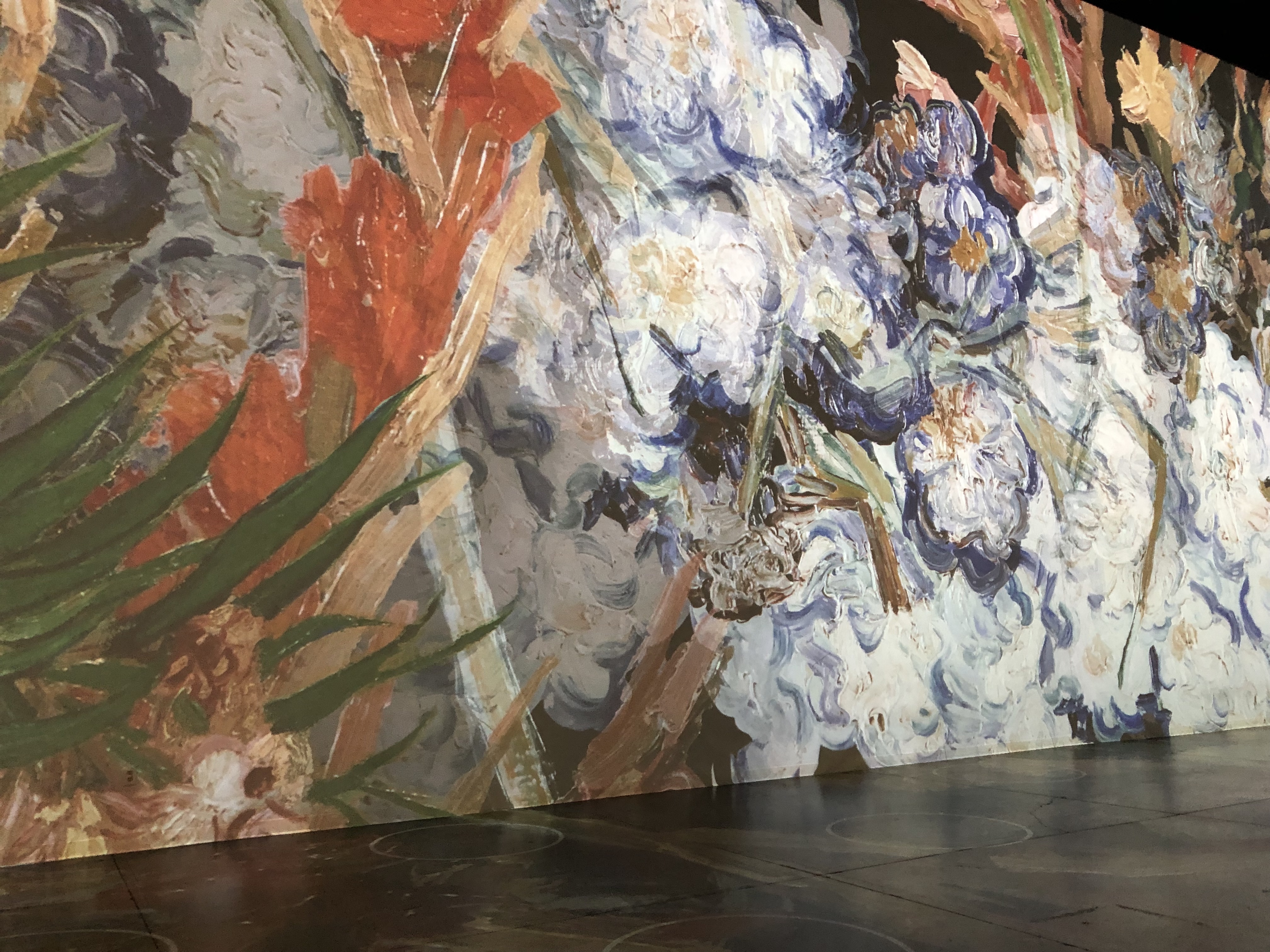
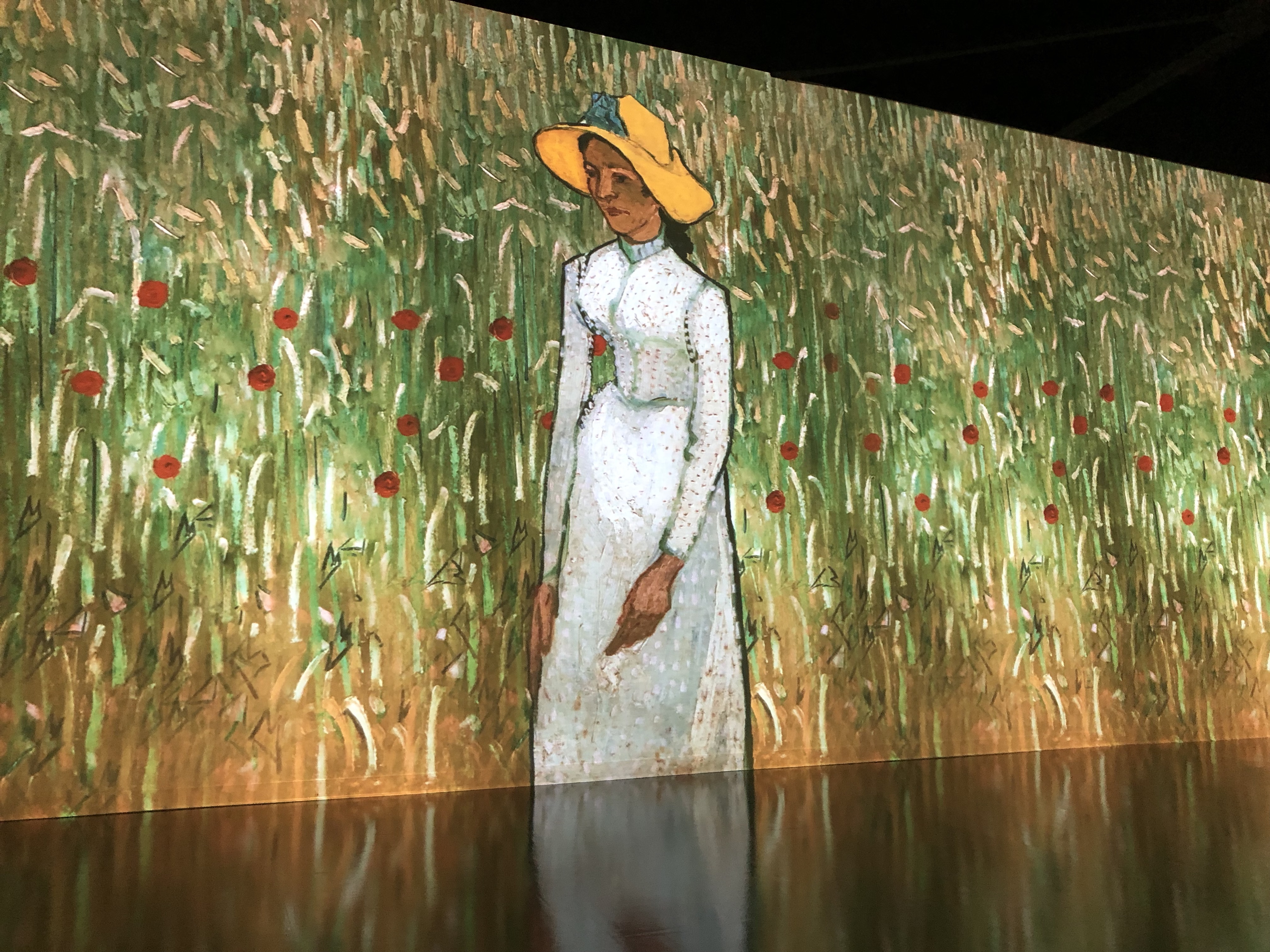
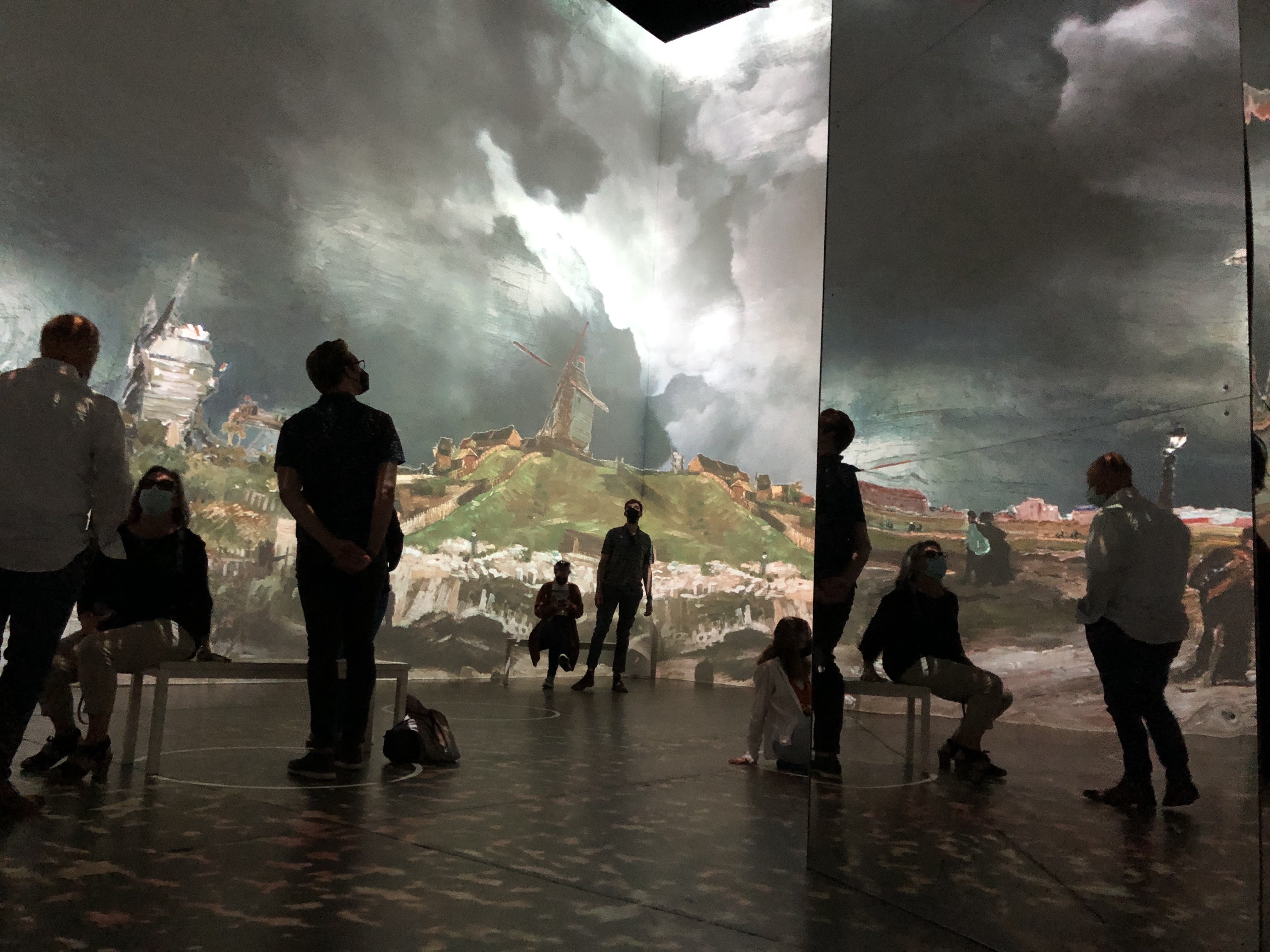


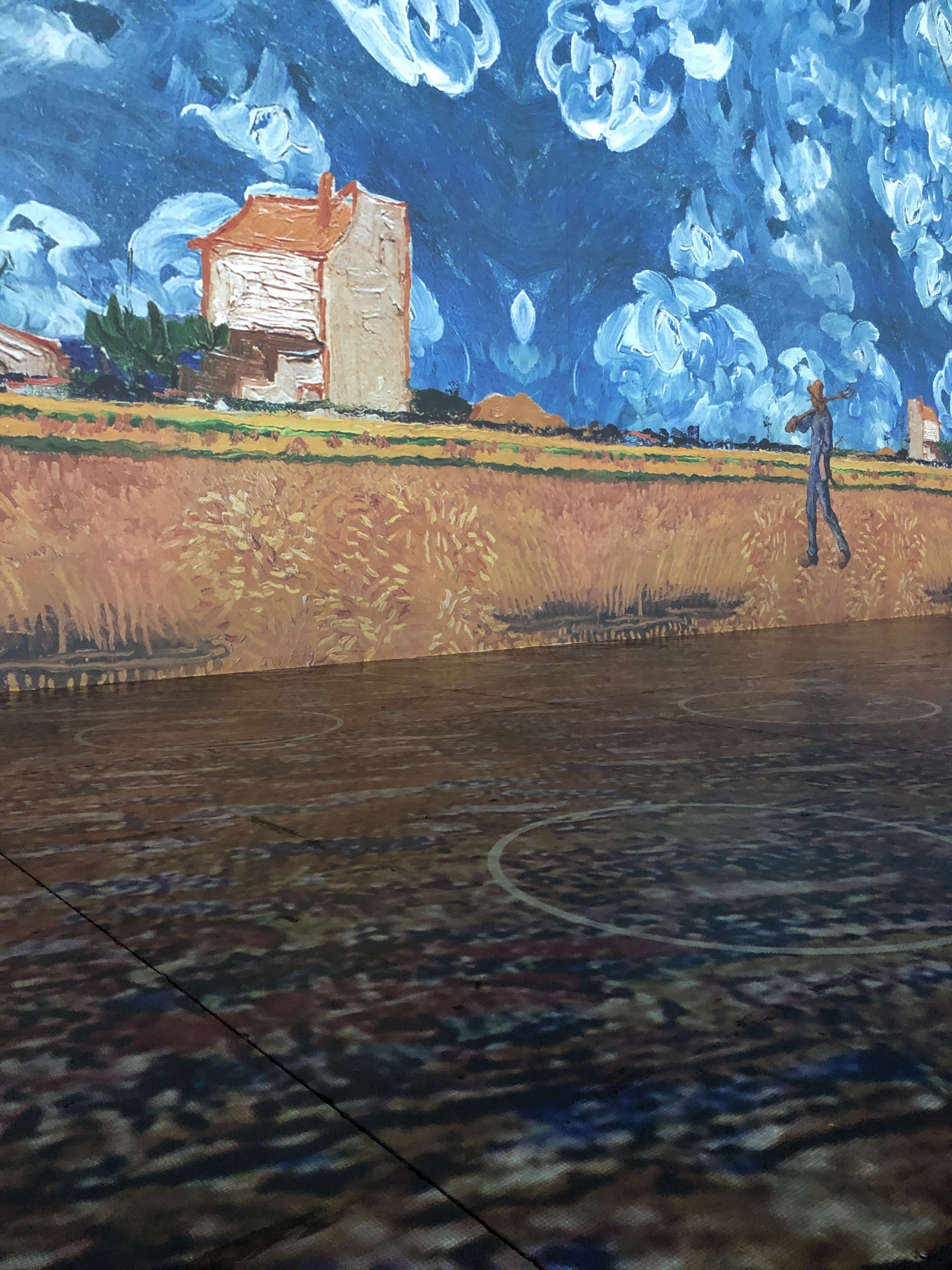
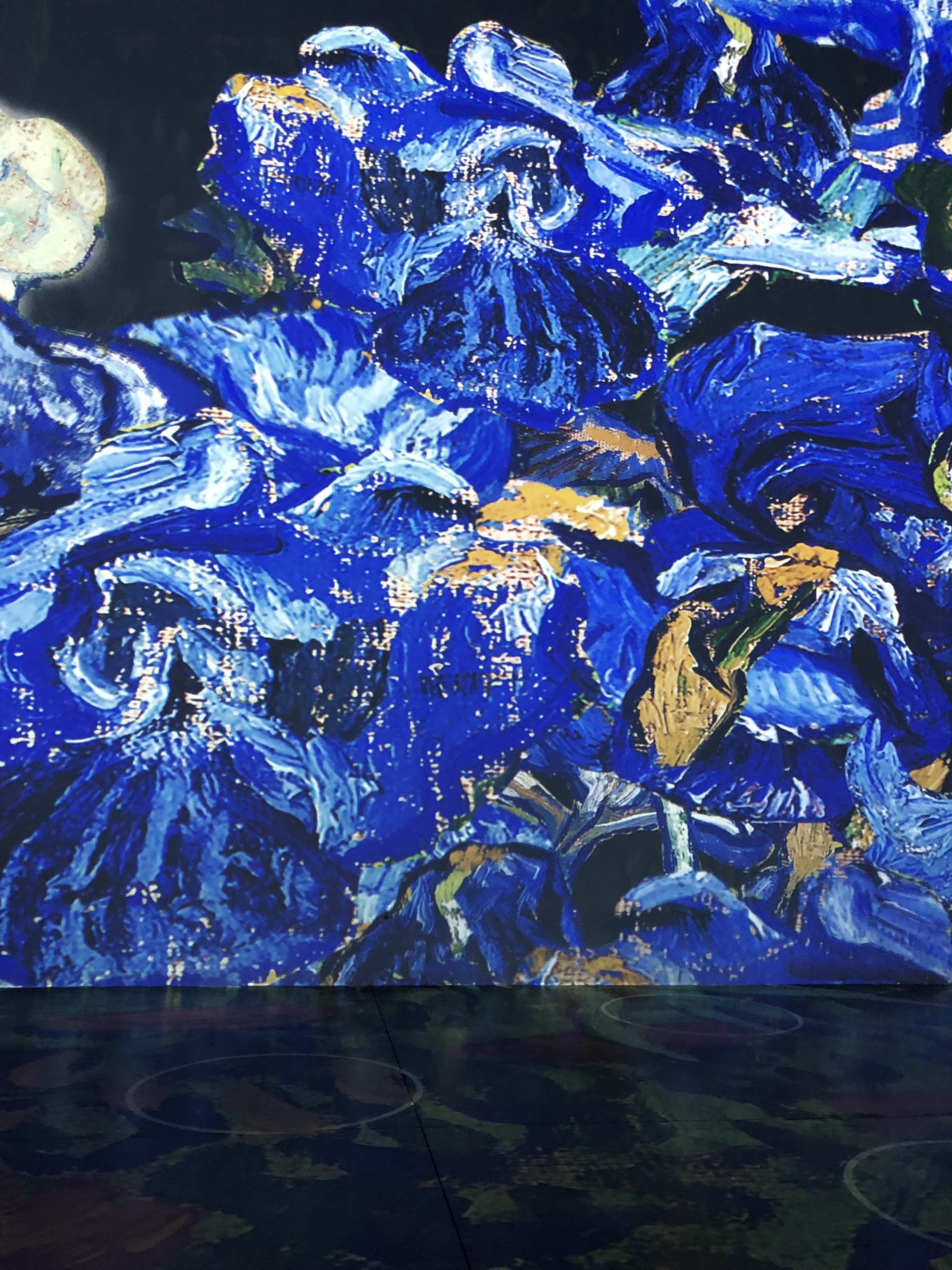

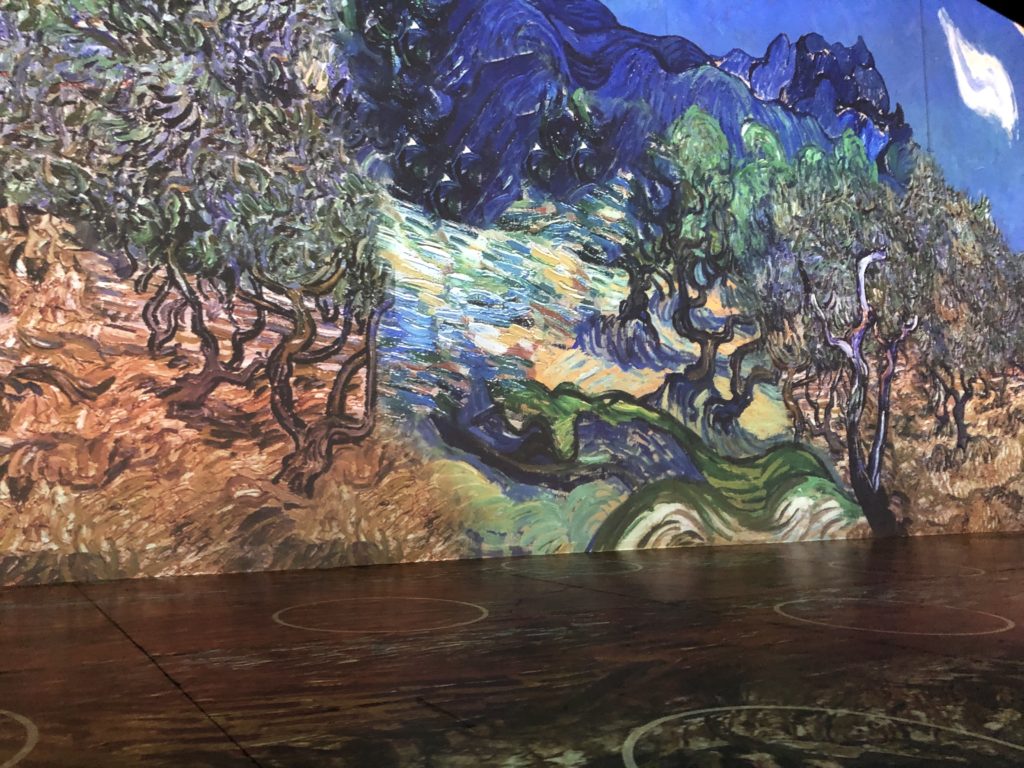
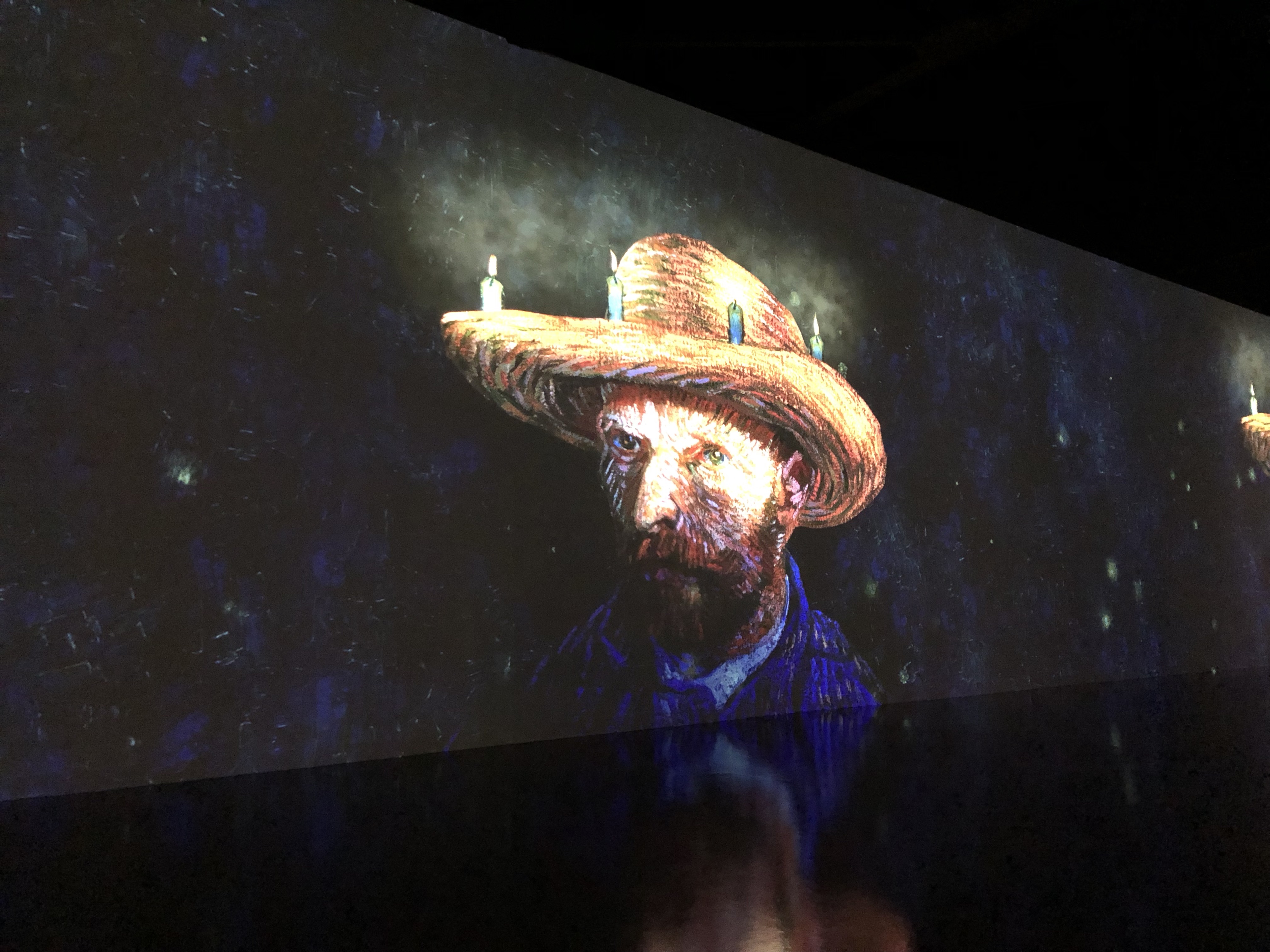
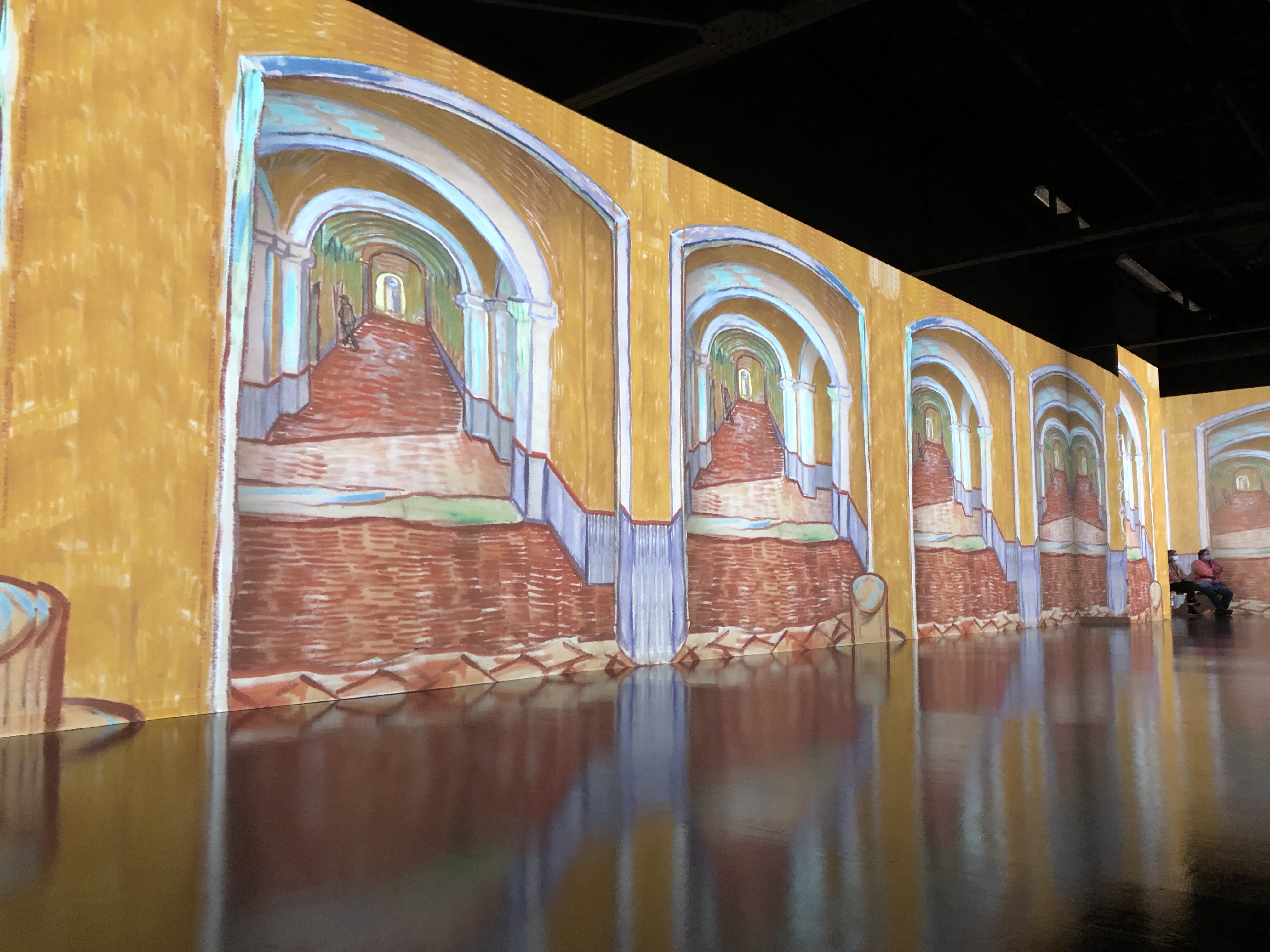
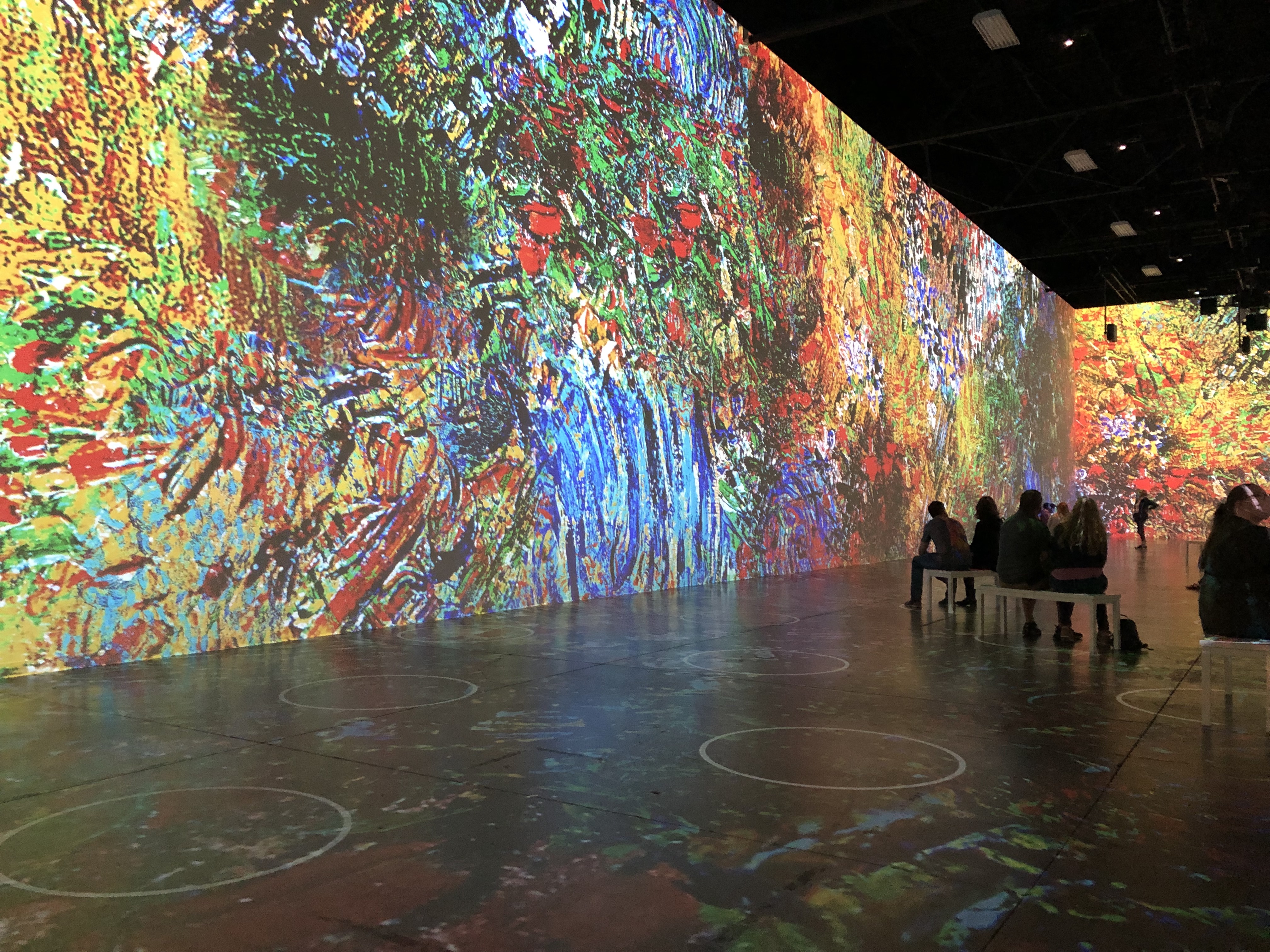


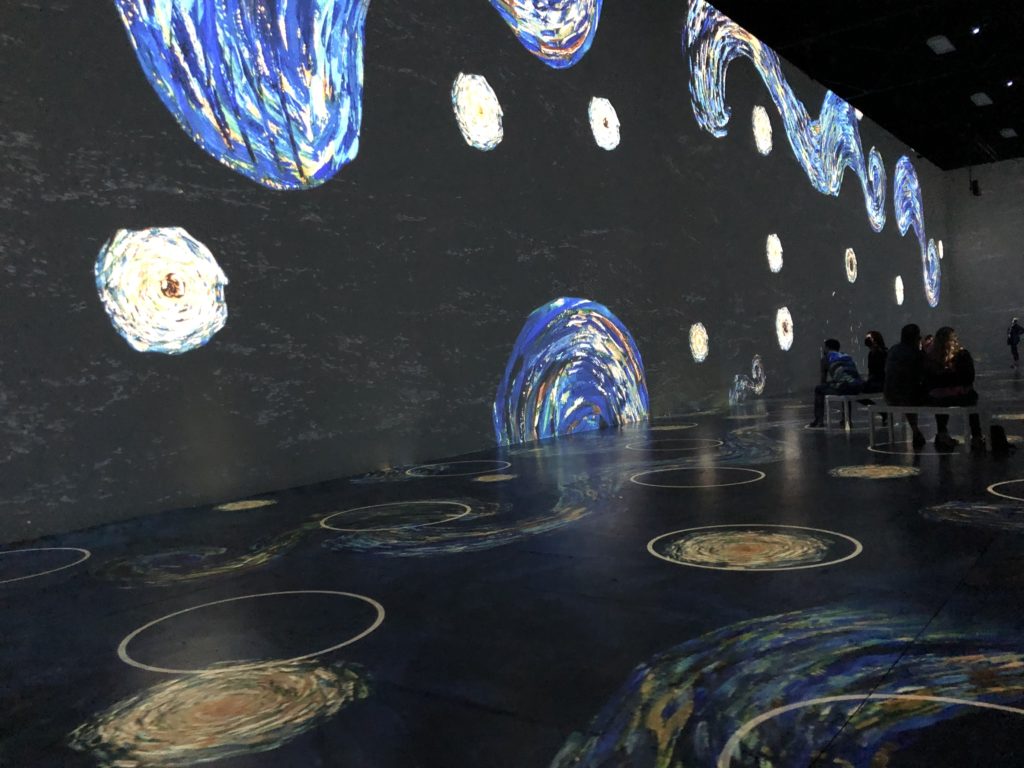
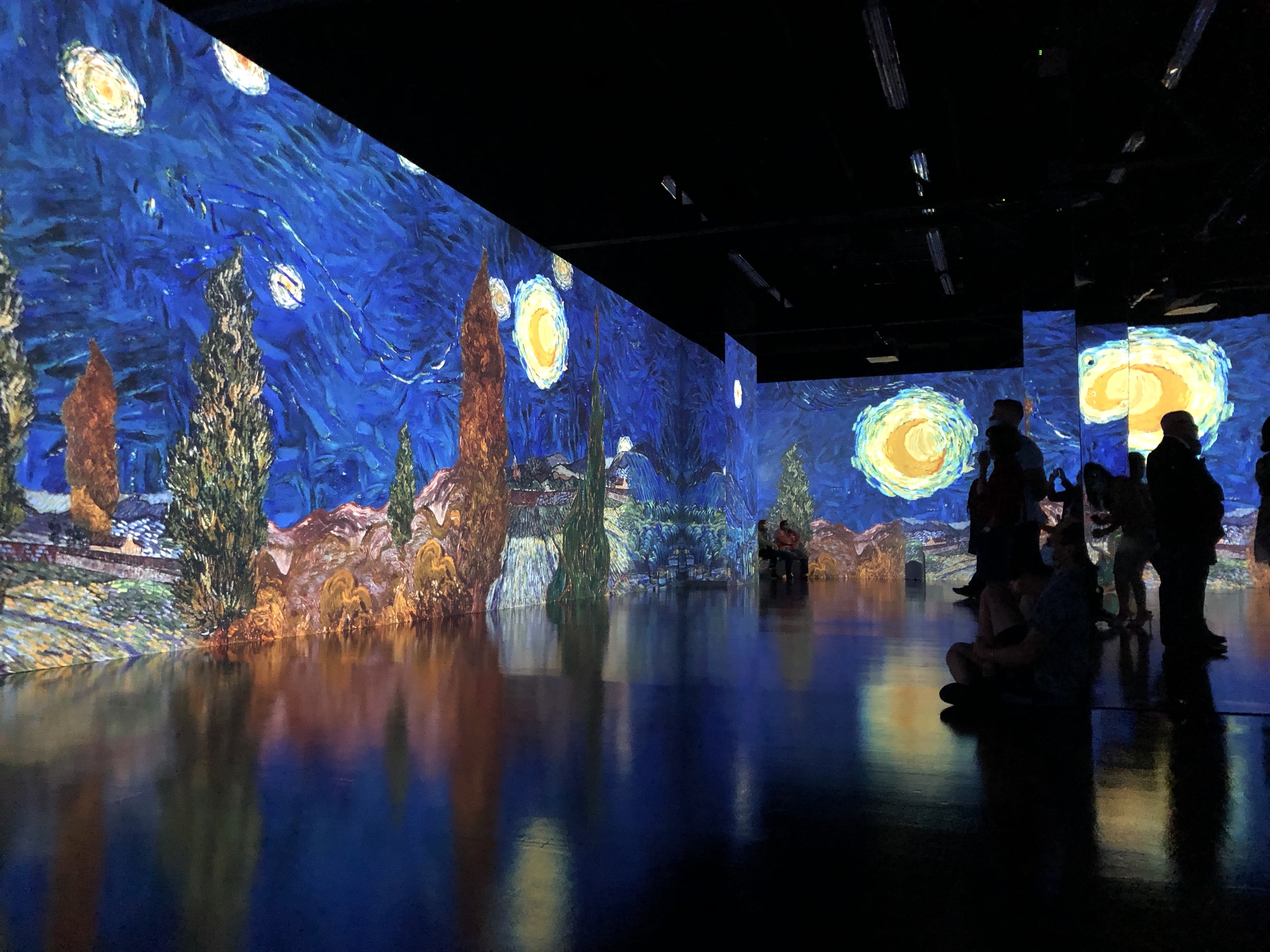
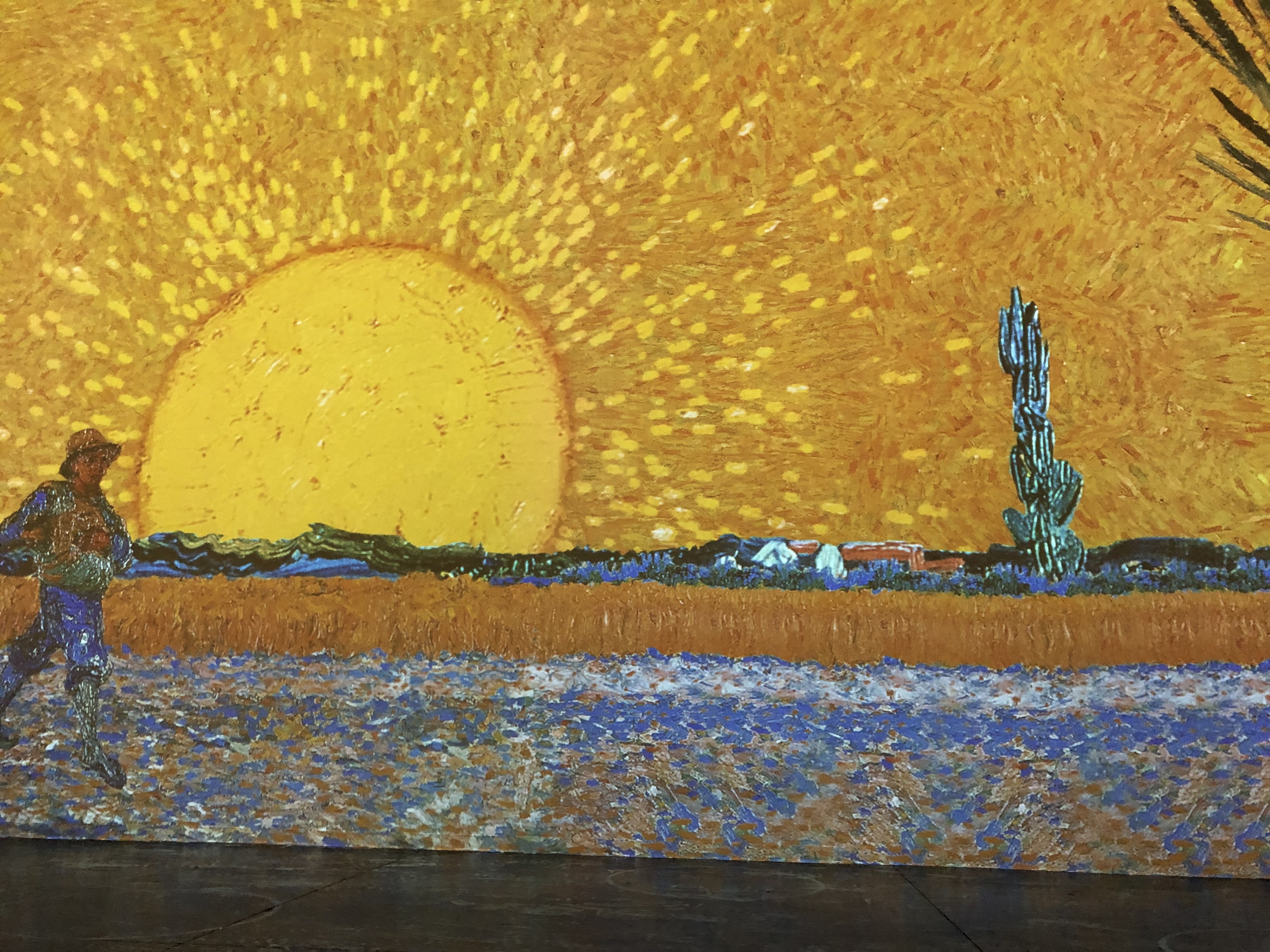
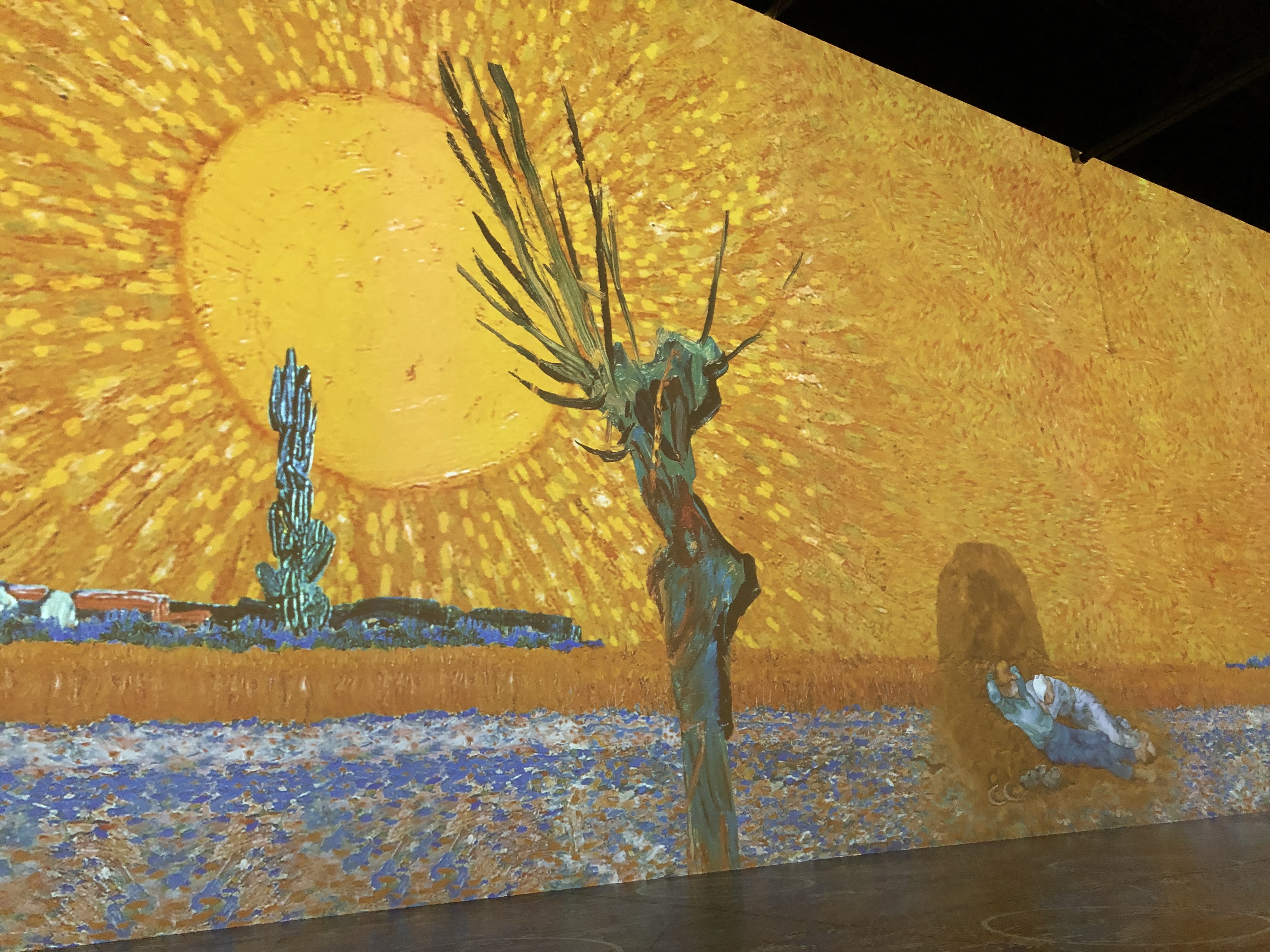
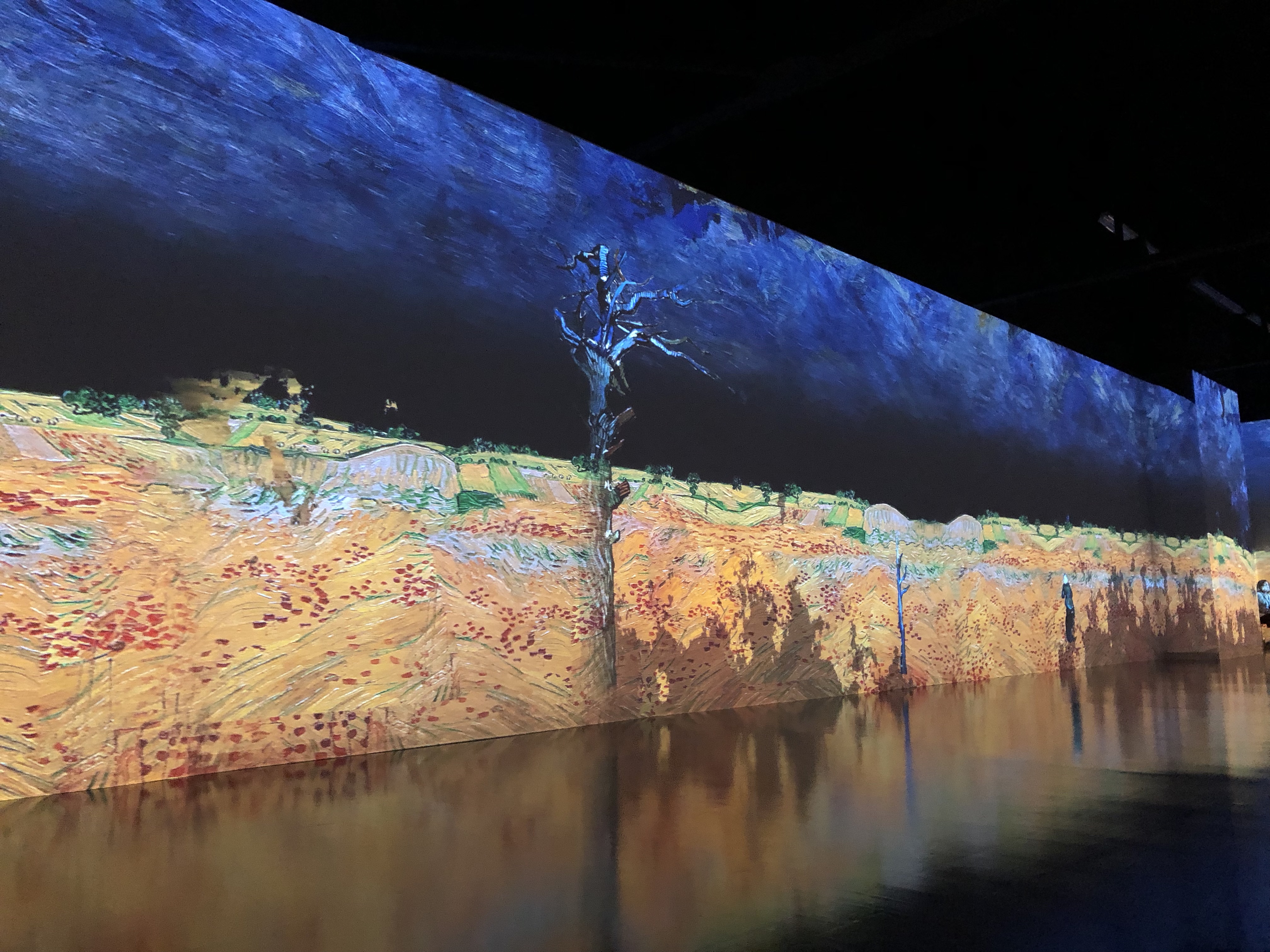
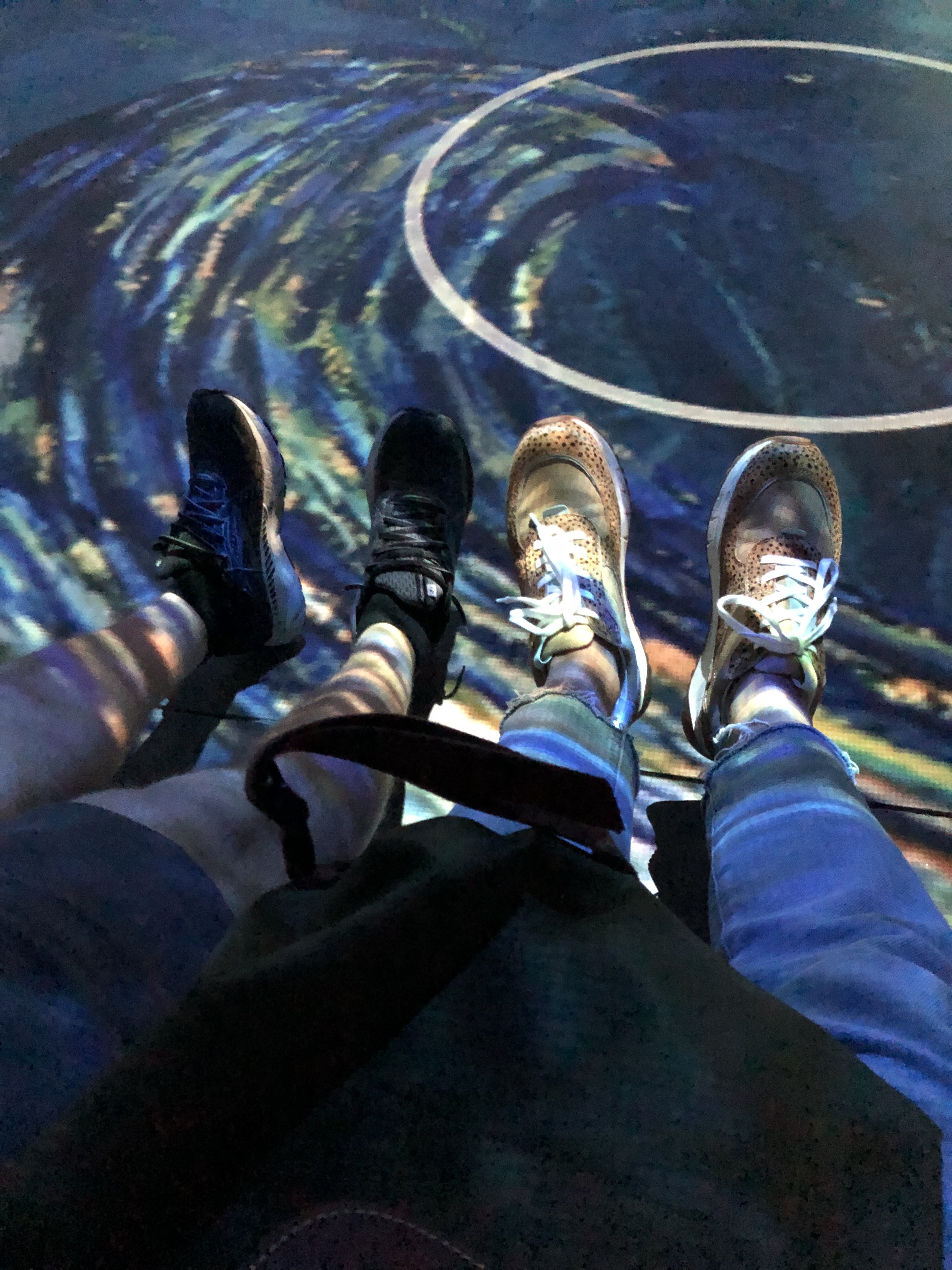
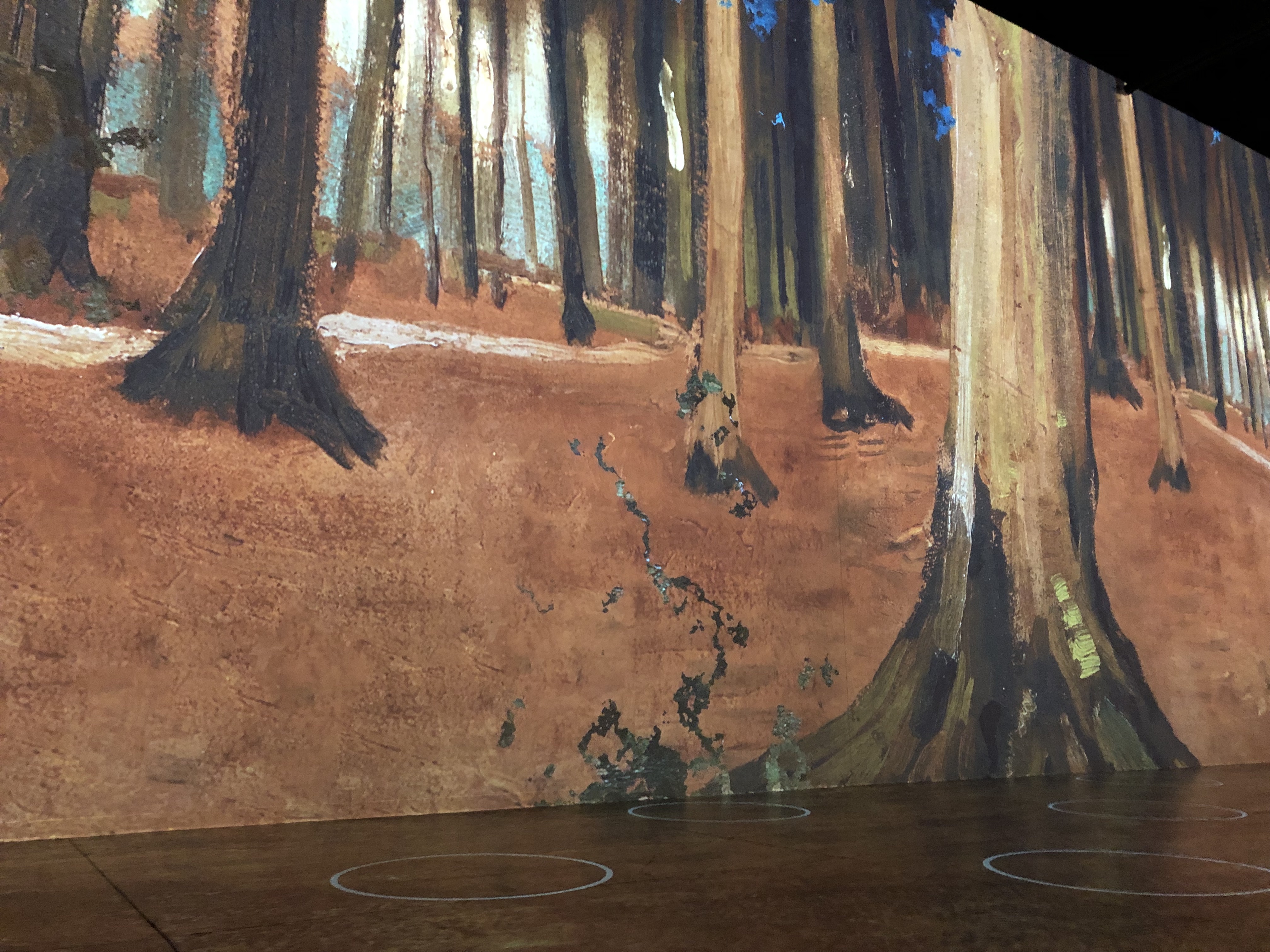
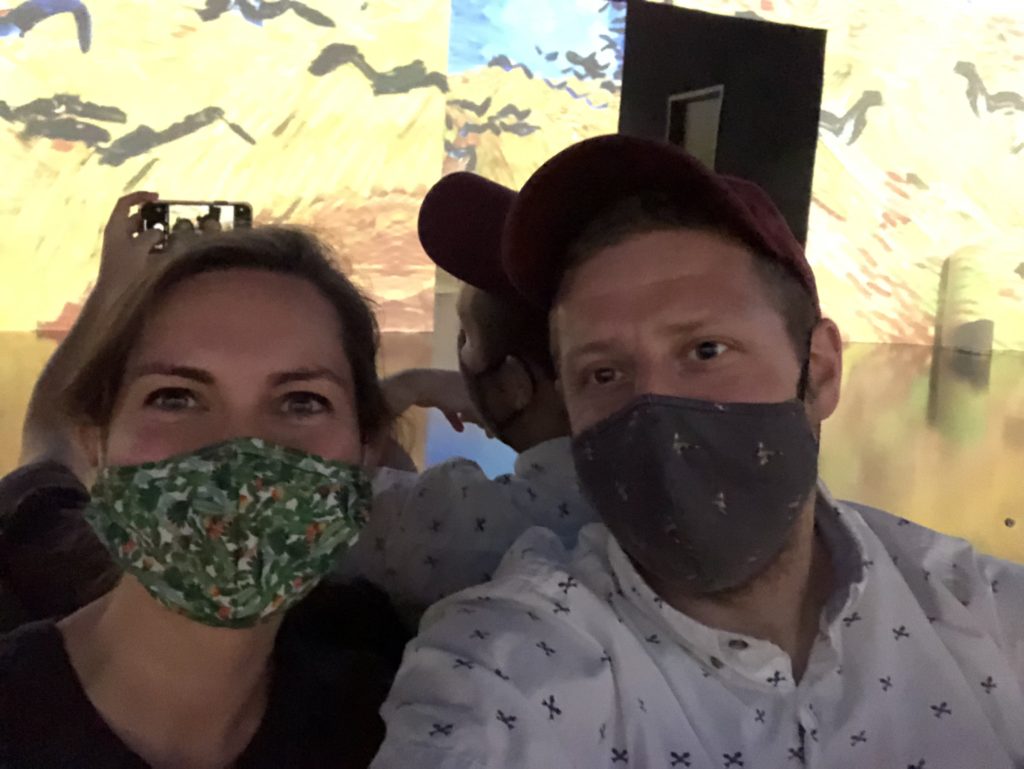
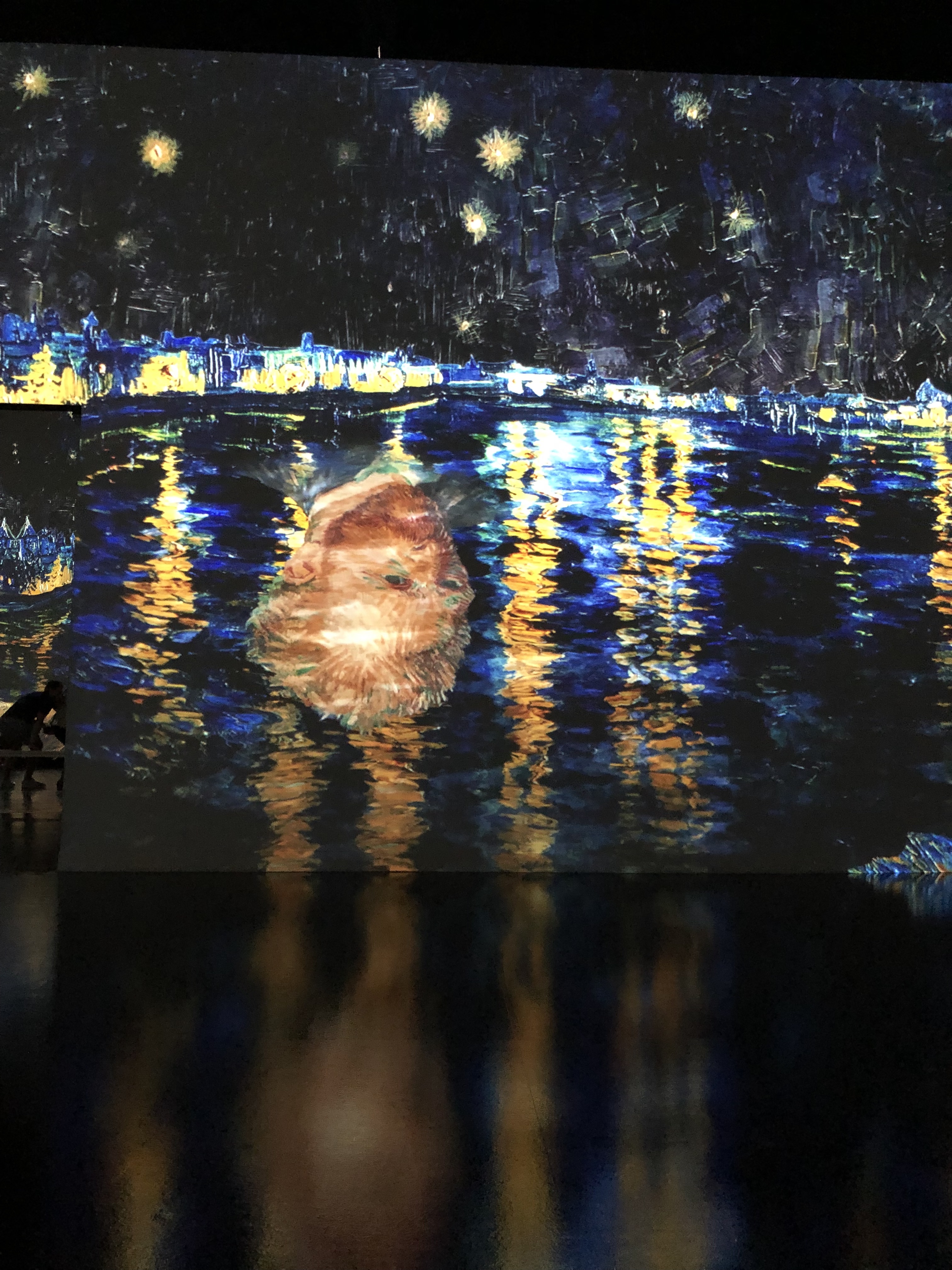
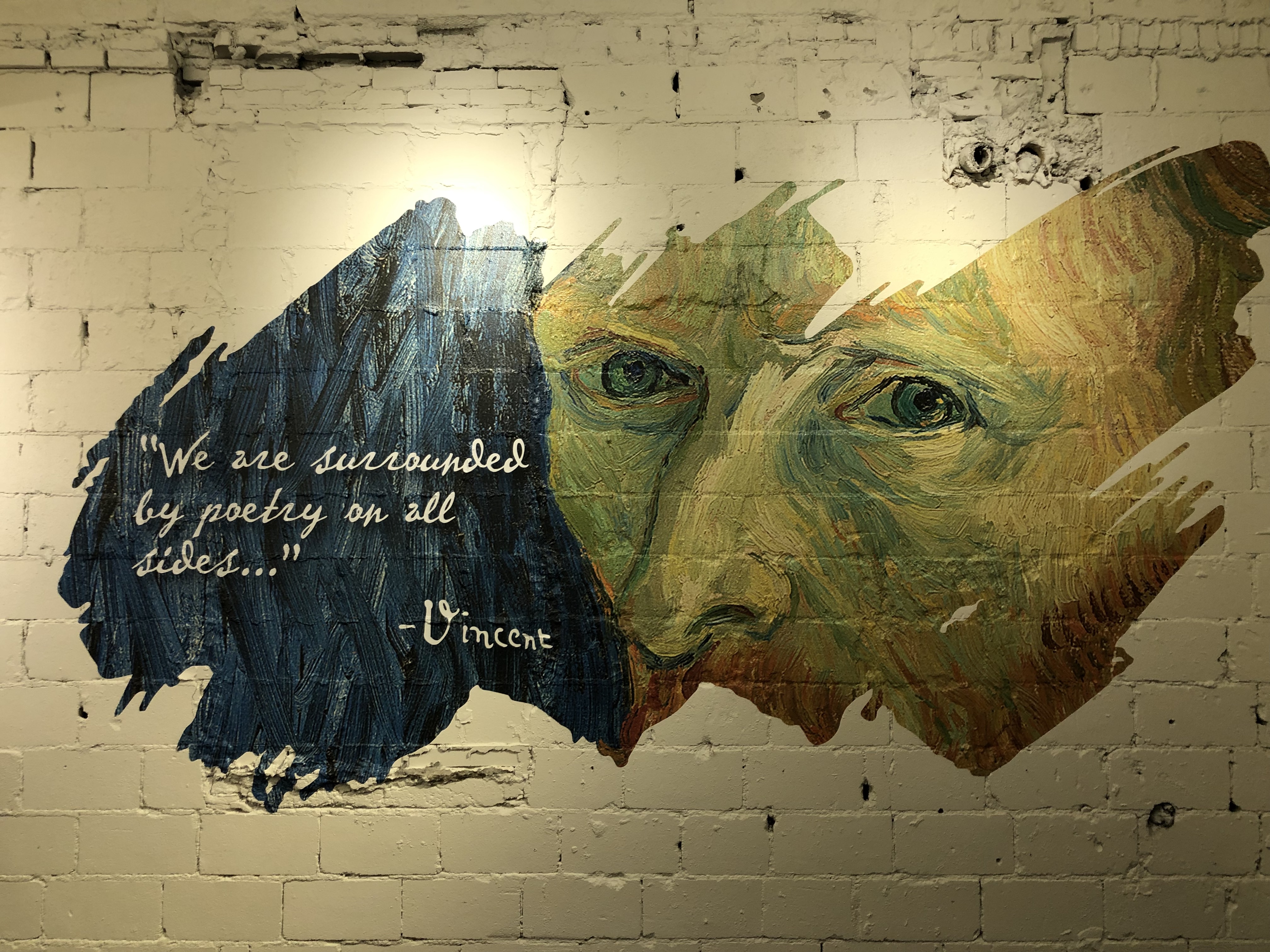
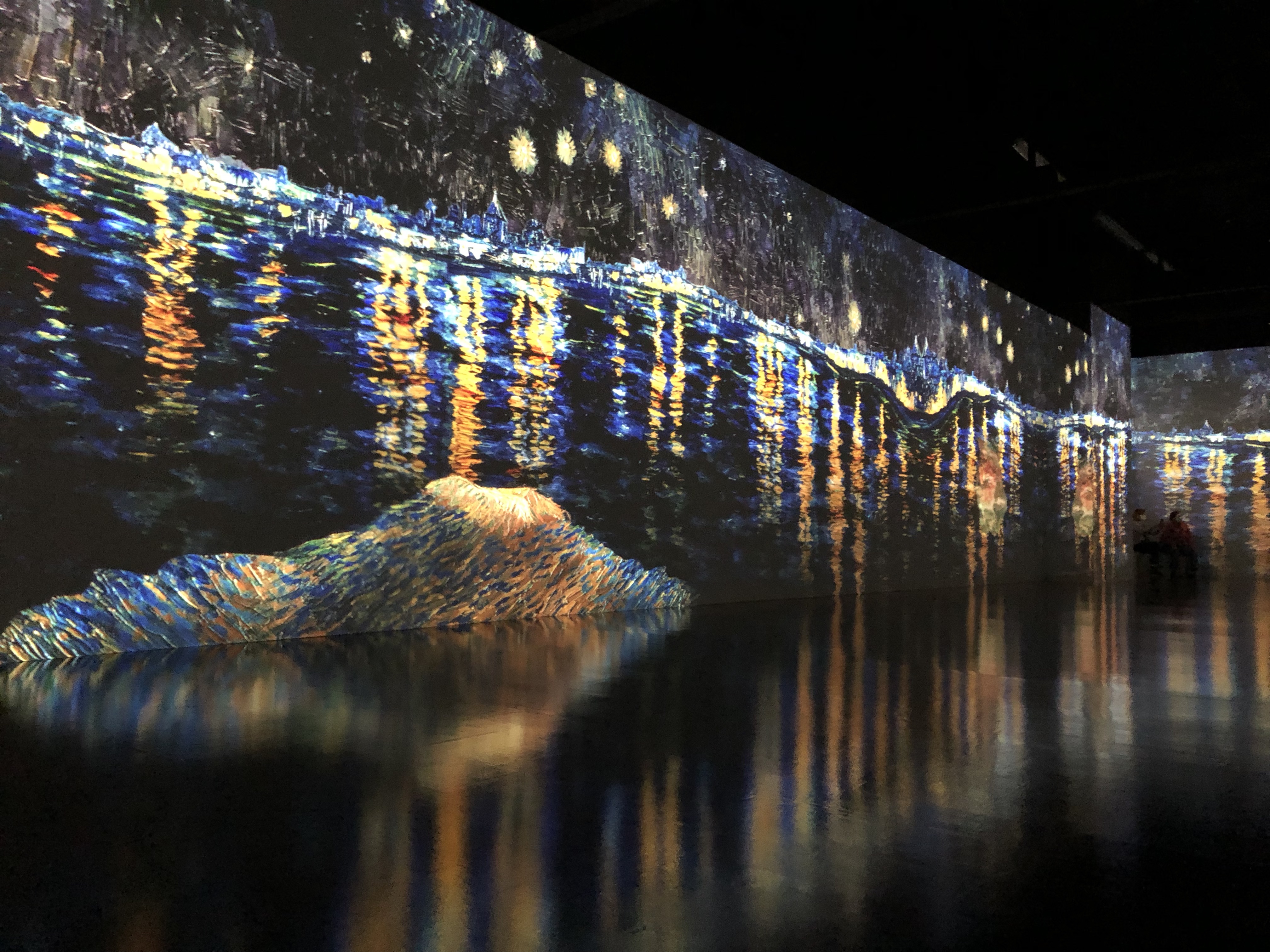



Comments are closed.